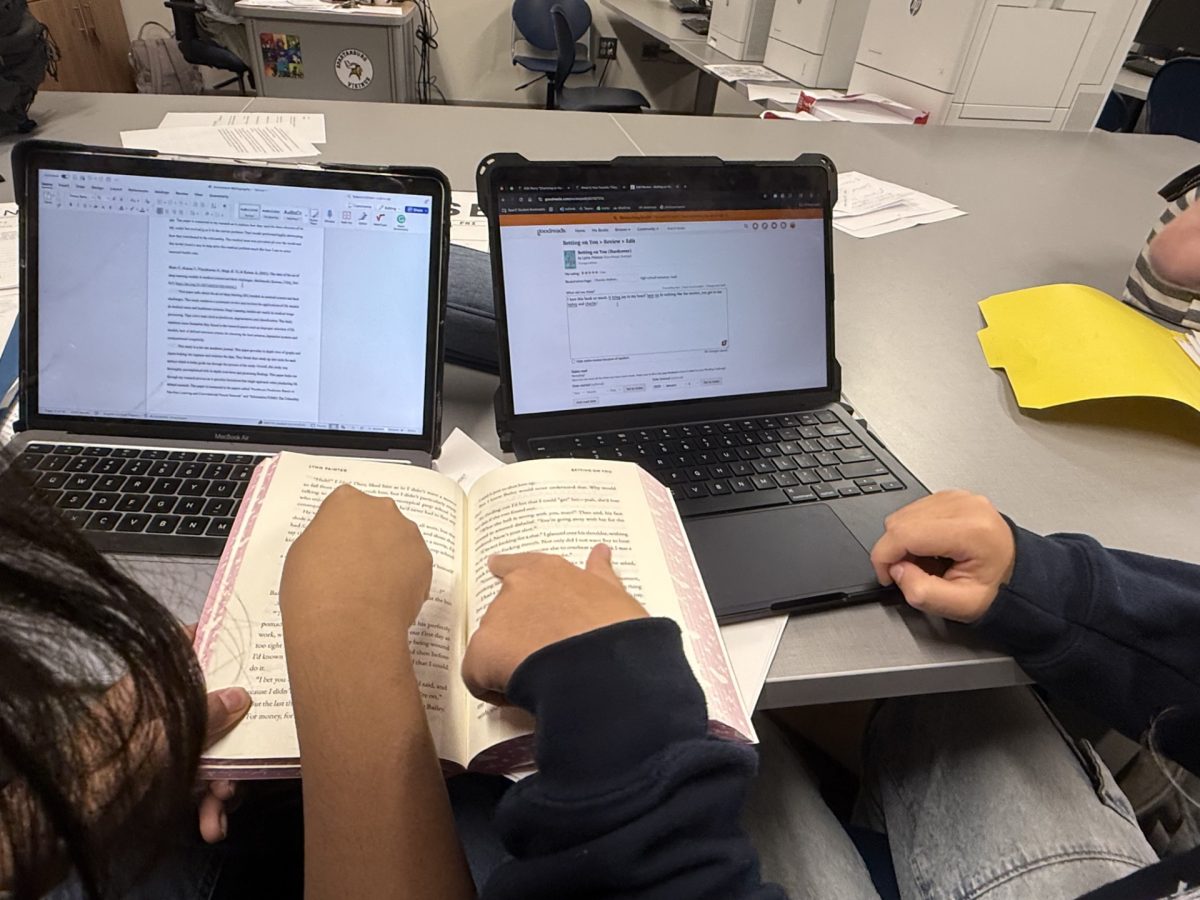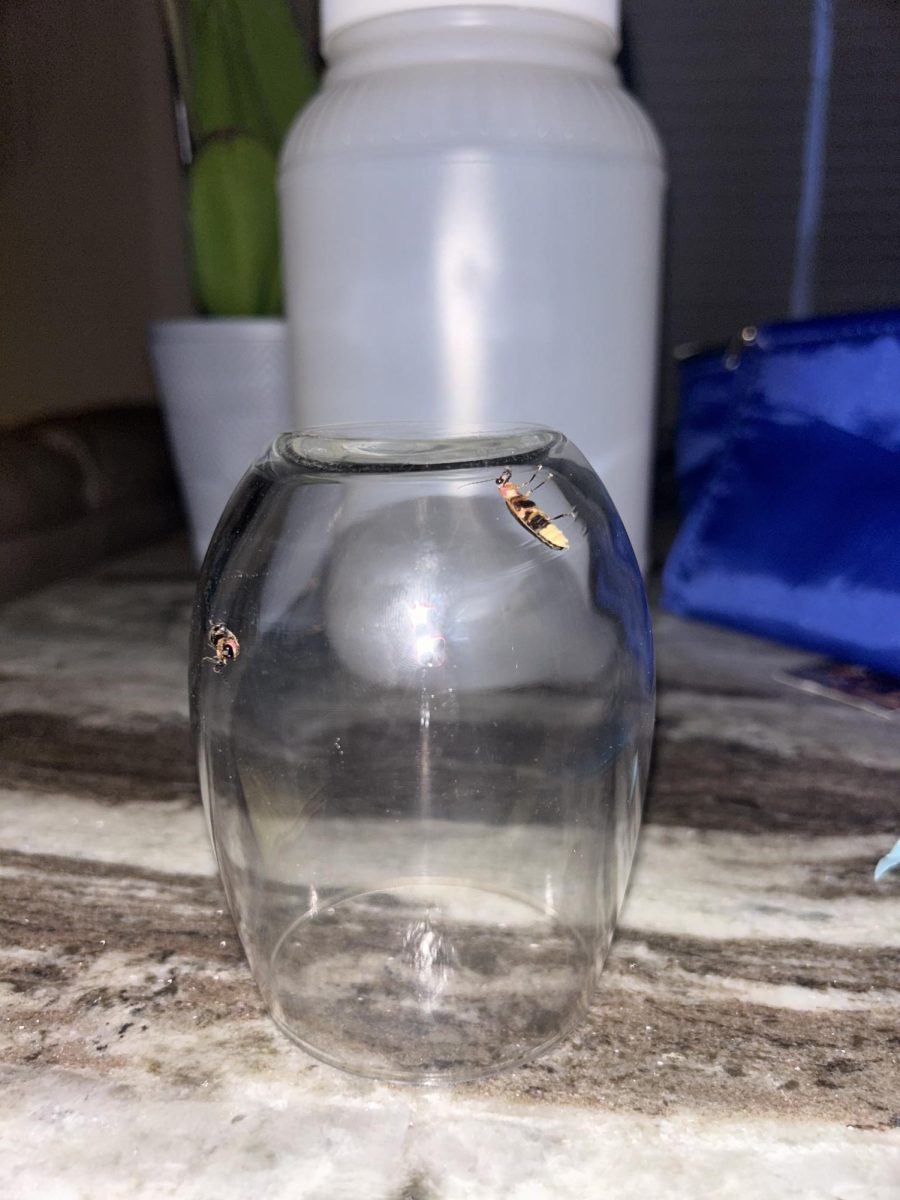Recently, several species that were for many years thought to be extinct have been rediscovered or successfully reintroduced into the wild. These discoveries have given hope for conservation efforts and shown wildlife’s resilience. Among the most notable finds from 2024 and 2025 are the South American tapir, olive perchlet, Norfolk snout moth, ʻAlalā (Hawaiian crow) and European bison. Each species plays a crucial role in its ecosystem, highlighting the importance of continued preservation efforts.
Caleb Billings (9) expressed his concern about endangered species and hopes for extending conservation efforts.
“I feel worried about the animals going extinct because they are the world’s caretakers. Animals going extinct could affect people’s lives dramatically because of diseases and food scarcity. I would support a national wildlife refuge to save these animals from going extinct,” Billings said.
The South American tapir, a large herbivore native to Brazil, has been spotted in the Atlantic Forest along the coast of Brazil for the first time in more than 100 years. This sighting is seen as a positive indicator of the forest’s health because tapirs are known to play a key role in seed dispersal, which helps maintain plant diversity. The return of the species suggests that reforestation efforts and habitat protection may be beneficial for native wildlife.
In Australia, a small freshwater fish called the olive perchlet, once believed to be extinct has been reintroduced into its natural habitat. Previously existing in wetlands and rivers, the olive perchlet plays a crucial role in aquatic ecosystems by feeding on insect larvae and helping maintain balanced populations of other small species. Its return marks an important step forward in efforts to preserve freshwater and restore habitats, stressing the need to preserve clean and stable waterways.
Finley Sloan (11) emphasized her view on the importance of the fish to society.
“I think these fish are important to the earth because they contribute so much to our environment,” Sloan said.
The recent rediscovery of the Norfolk snout moth in Britain surprised researchers and conservationists. The species, believed to have gone extinct in the early 1970s, was spotted in a small village in Norfolk. These moths are vital to ecosystems, acting as pollinators and providing food for various bird and bat species. Their presence suggests that native plant species, which support insect populations, continue to thrive, stressing the need to protect natural habitats.
The ʻAlalā, or Hawaiian crow, has made a significant comeback in the wild after being extinct outside captivity for more than twenty years. Native to Hawaii, this bird plays a vital role in forest regeneration by dispersing seeds of native plants. Conservationists have devoted years of effort to reintroducing the species, emphasizing the importance of preserving both the ʻAlalā and the forests it helps maintain.
The reintroduction of the European bison into the wild marks a major milestone in conservation. Nearly extinct due to habitat loss and hunting, the species has been successfully reintroduced in areas like Romania’s Ţarcu Mountains and other regions. As Europe’s largest land mammal, the bison plays a vital role in maintaining healthy grassland ecosystems by preventing overgrowth and supporting biodiversity. The success of this reintroduction underscores the positive impact of focused conservation programs and habitat restoration efforts.
Evangeline Crosland (9) thinks efforts in improved conservation is critical.
“I believe that the most important animal to our environment is the Bison because they fertilize the grasslands and prairies, helping the crops and plants in the area to grow. They keep the local flora growing and healthy, which keeps the animals there. Without the Bison, the grasses and plants would die and dry up, making the land into a desert, and this would make the people move out of the Midwest, essentially creating another Dust Bowl,” Crosland said.
The reintroduction and reintroduction of certain species highlights the importance of continuing conservation efforts in preventing species loss and restoring ecological balance. By protecting natural habitats and implementing effective strategies, scientists and environmentalists are not only preserving individual species but also ensuring the stability of ecosystems. The return of these animals serves as a reminder that with constant efforts, species once thought to be lost can make a comeback, benefiting both nature and future generations.









